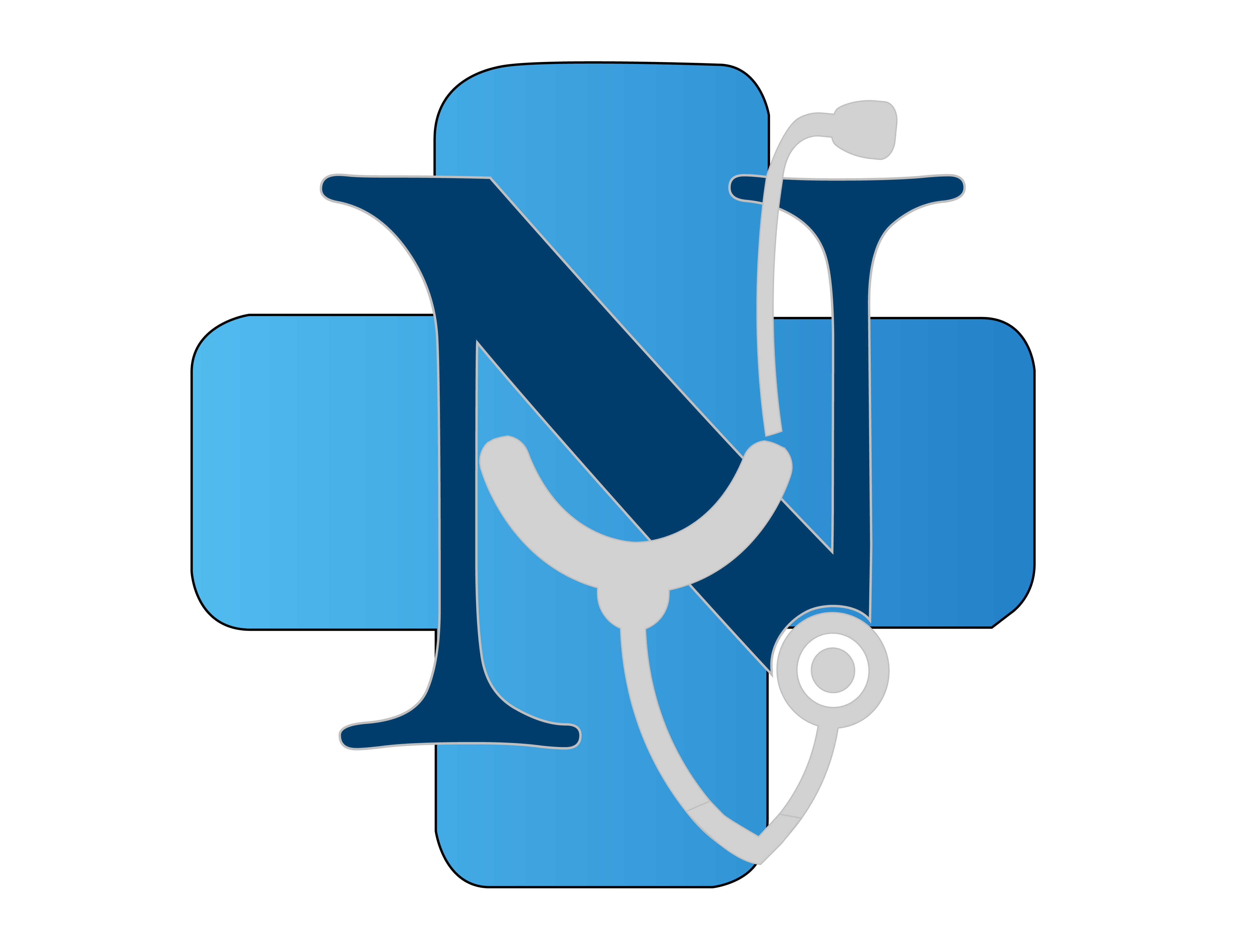The journey to achieving your aesthetic goals doesn't end when your cosmetic surgery procedure is complete. In fact, the recovery period is just as crucial as the surgery itself in determining your final results. Proper post-operative care can significantly impact your healing process, comfort level, and ultimately, the success of your procedure.
As an experienced plastic surgeon, I've witnessed firsthand how patients who follow optimized recovery protocols experience better outcomes, fewer complications, and greater satisfaction with their results. This comprehensive guide will walk you through essential strategies to maximize your recovery after cosmetic surgery.
Your commitment to proper recovery is an investment in your results. The way you care for yourself after surgery significantly influences your final outcome.
Immediate Post-Operative Period: The First 48 Hours
The initial recovery phase is critical for setting the stage for optimal healing:
- Rest and elevation: Keep your head elevated above heart level to reduce swelling, even while sleeping
- Cold compresses: Apply cold packs to treated areas (as directed) to minimize swelling and discomfort
- Medication management: Take prescribed medications on schedule to stay ahead of pain
- Limited movement: Avoid strenuous activities but engage in gentle walking to promote circulation
- Proper hydration: Drink plenty of water to help flush anesthesia from your system
Nutrition for Optimal Healing
What you eat during recovery can significantly impact your healing process:
Foods to Include:
- Protein-rich foods: Lean meats, fish, eggs, and legumes support tissue repair
- Vitamin C sources: Citrus fruits, bell peppers, and broccoli promote collagen production
- Zinc-containing foods: Nuts, seeds, and whole grains aid in wound healing
- Hydrating foods: Watermelon, cucumbers, and soups maintain fluid balance
- Fiber-rich options: Prevent constipation from pain medications
Foods to Avoid:
- Sodium-rich foods: Can increase swelling and bloating
- Alcohol: Interferes with medications and can increase bleeding risk
- Sugary processed foods: Can promote inflammation and slow healing
Activity Progression During Recovery
Balancing rest with appropriate activity is essential for optimal recovery:
- Week 1: Focus on rest with short, gentle walks around your home every few hours
- Weeks 2-3: Gradually increase walking distance but avoid lifting, bending, or straining
- Weeks 4-6: Light household activities may be resumed, but avoid vigorous exercise
- After 6 weeks: Most patients can gradually return to normal exercise routines with surgeon approval
Incision Care and Scar Management
Proper wound care is essential for minimizing scarring:
- Keep incisions clean and dry as directed by your surgeon
- Apply recommended topical treatments or silicone sheets once healed
- Protect healing incisions from sun exposure with clothing or high-SPF sunscreen
- Avoid stretching or putting tension on incision sites
- Attend all follow-up appointments for professional assessment of your healing
Managing Discomfort and Swelling
Several strategies can help manage common post-operative symptoms:
- Use compression garments as directed to reduce swelling and support healing tissues
- Continue sleeping elevated for the first few weeks
- Practice deep breathing exercises to promote circulation and relaxation
- Stay hydrated to help your body flush excess fluids
- Use arnica Montana or bromelain supplements (with surgeon approval) to reduce bruising
Psychological Aspects of Recovery
The emotional journey through recovery is just as important as the physical one:
- Understand that temporary swelling and bruising are normal and will subside
- Practice patience as your final results may take several months to fully emerge
- Stay connected with your surgical team for reassurance and guidance
- Focus on the improvements you notice each week rather than fixating on temporary imperfections
- Consider joining support groups or connecting with others who have undergone similar procedures
When to Contact Your Surgeon
While some discomfort and swelling are expected, certain symptoms require immediate medical attention:
- Fever above 101°F (38.3°C)
- Excessive bleeding or fluid from incisions
- Severe pain not relieved by prescribed medication
- Signs of infection (increasing redness, warmth, or pus)
- Shortness of breath or chest pain
- One-sided swelling, pain, or warmth in your calves
By following these evidence-based recovery strategies, you can significantly enhance your healing process and optimize your surgical results. Remember that every patient's recovery journey is unique, and your surgeon will provide specific instructions tailored to your procedure and individual needs.
Your commitment to proper aftercare is an essential component of achieving the beautiful, natural-looking results you desire. With patience, proper care, and follow-up with your surgical team, you'll be on your way to enjoying your enhanced appearance with minimal complications and optimal satisfaction.

